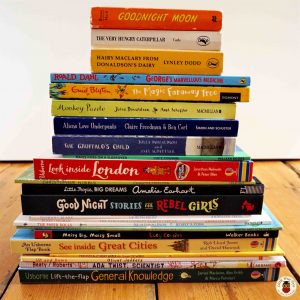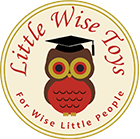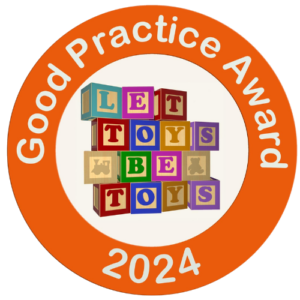
We all know that reading with children from an early age is a good thing. Just some of the many benefits include:
- a higher aptitude for learning;
- laying the foundations for learning phonics;
- enhanced speech and communication skills;
- a wonderful opportunity to explore life experiences, emotions and feelings; and
- a nurturing opportunity where you can slow down together for a while.
Here are ten things you can do to make the most out of your reading time, and help to make it a fun activity for children.
- Try and read every day, if you can, even if only for a few minutes. This helps to model reading as a daily part of life.
- Create a cosy reading spot together. You can use a comfortable chair, bean bags, floor pillows, or whatever helps to make a nice area for you to share reading time together.
- Keep books within reach. Your child may lose interest if their books are hard to reach. So, store books in an accessible place, such as a small bookcase, shelf or stand.
- Encourage children to choose their own books. They know what keeps their interest. It also helps them to feel important knowing that they can have the responsibility of helping to pick a book.
- Talk about the front and back cover of the book. This helps children to understand how the layout of a book works. It also provides plenty of opportunity for conversation (e.g. ‘Can you guess what this book is about?’; ‘What is the title of this book?’; ‘Do you remember reading any other books by the same author?’).
- Help to bring the book alive. This can really help children to become absorbed in a story. You can do this by changing your voice and facial expressions to go with the character and action.
- Ask some questions throughout to help children to explore and engage with the story (e.g. ‘What do you think is going to happen next?’; ‘What do you think he is feeling right now?’; ‘Do you remember a time when you felt like this?’).
- Point out the pictures throughout the story. This can help children to develop a deeper understanding and connection with the story; and the images can bring humour too.
- Children love to voice their opinions. When you have finished the story, ask them to let you know what they think of it by giving a thumbs-up, down, or in-between. Ask questions also such as ‘Would you change the story at all?’.
- Get your child a library card. Children can have lots of fun picking out their own books, and checking them out with their very own library card.
Happy reading…








Recent Comments